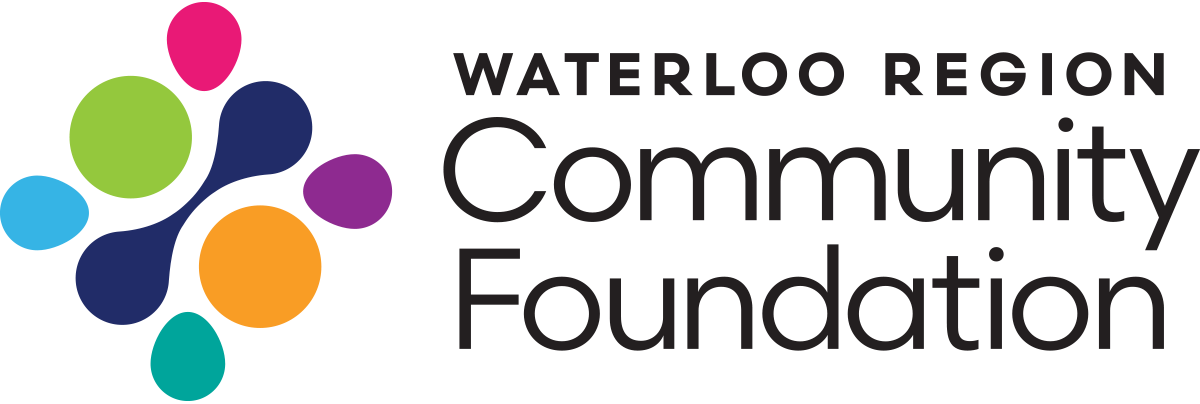Blog: The Intersection of Places and People
If you’ve read any of our blog posts this year, it will sound familiar when I say that we see social infrastructure as a system of organizations, spaces and experiences that enable people to connect with each other, the bridges necessary to build trust and civic participation, to create a sense of belonging and wellbeing across our communities.
We’ve been learning a lot from you – especially our community’s organizations – from the moment we launched this strategic focus. The most recent round of learning occurred earlier this summer when we announced $1 million in grants to 43 charitable organizations across Waterloo Region. Our volunteer grants committee had the challenging task of reviewing multitudes of proposals from organizations with different ideas of how to embrace their role in our social infrastructure. We’ll be learning from these investments to do things like building a sense of belonging for refugees settling in our region, strengthening intergenerational networks in a neighbourhood, expanding connections among youth, enhancing outdoor experiences via gardening or bicycling, and reimagining approaches to volunteerism. We’ll be learning even more about how to advance social infrastructure as we welcome additional proposals for the Arts, Racial Equity, and Youth in Recreation grant streams currently open.
As we are thinking about spaces that advance connections, I couldn’t help but be captivated by a recent piece in Planning Magazine from Bridget Marquis, Director of Reimagining the Civic Commons, who keynoted our Fall 2023 Do More Good Dialogue. In the article, Bridget and her co-author Kimberly Driggins wonder whether strong social infrastructure can cure the loneliness epidemic. They outline three different types of places, all of which should exist in communities:
Havens are places for people to gather around a shared identity and similar backgrounds, safe places to belong and to build close ties and “bonding social capital” in a communal space.
Hubs are places that intentionally encourage people to interact with others from different backgrounds, where diverse social networks and "bridging social capital" is created.
Hangouts are places that support casual interactions, where people can just be. These are places for simply “hanging out” that provide opportunities for people to live life in public.
Do we have havens, hubs, and hangouts? I think we do, but I’m curious what you think. What places are well known and work well? What places exist but are fragile? What gaps exist that we – and our partners in community – can strive to fill?
Aside from building those places, we know that intentional community-building makes these spaces come alive. Part of that community-building is attributed to the physical design of these spaces. But a bigger part of the community-building is people stepping forward to organize events, to make trusted connections between people, and to play a part in creating a vibrant social fabric.
Not coincidentally, the idea that people in community make trusted connections is the topic of this fall’s WRCF Do More Good Dialogue. We plan on delving more into how we can reweave our social fabric. Who facilitates these connections? Where do these connections take place? How do these connections happen? To answer these and other questions, we will be joined by Kristyn Feldman, Director of Weave: The Social Fabric Project, followed by a panel discussion. We realize there is strong interest in this topic. So, if you can’t join us in person, we plan to record the conversation and make the video available on WRCF’s website in the weeks following the event.
Finally, I briefly wanted to reflect on the experience of leading WRCF, as my two-year anniversary rapidly approaches. I came to WRCF and to this community yearning to be part of something bigger, excited to explore how to leverage local philanthropy to build vibrant communities, and ready to be immersed in a civic experiment to redefine how a community foundation can connect people across a region to advance a better future for all. I have never been more confident that I made the right decision. This community has welcomed me – and my wife – with open arms. I’m looking forward to what the coming years will bring as WRCF develops its role in building our social infrastructure, and I personally am excited to play my part in weaving our social fabric.
Eric Avner
WRCF President & CEO
eric@wrcf.ca

